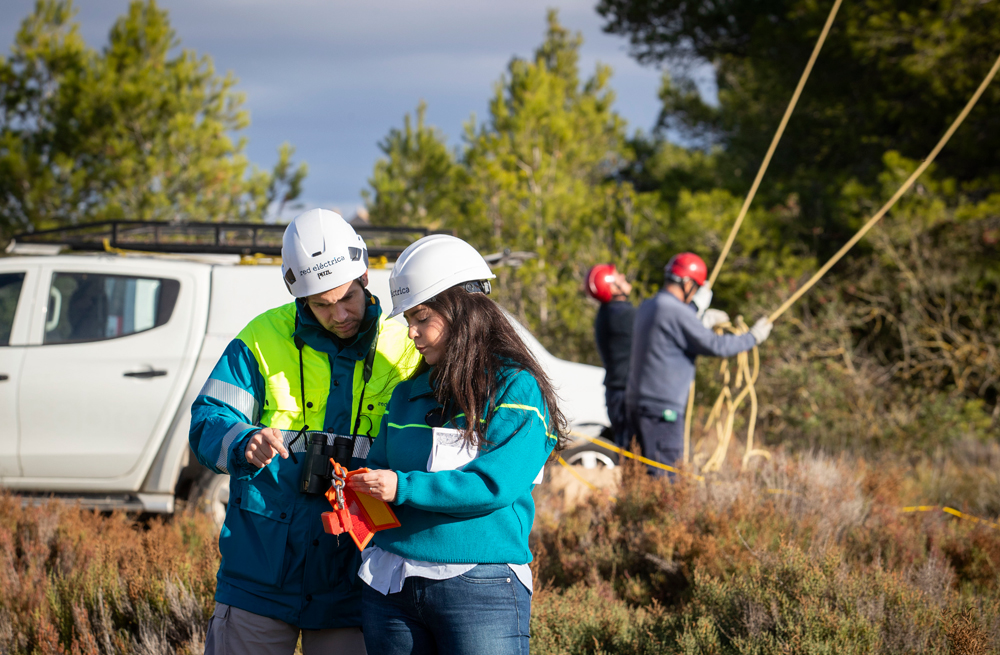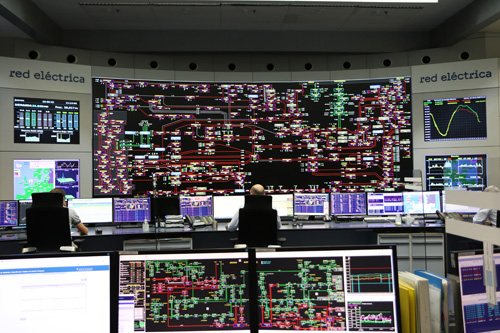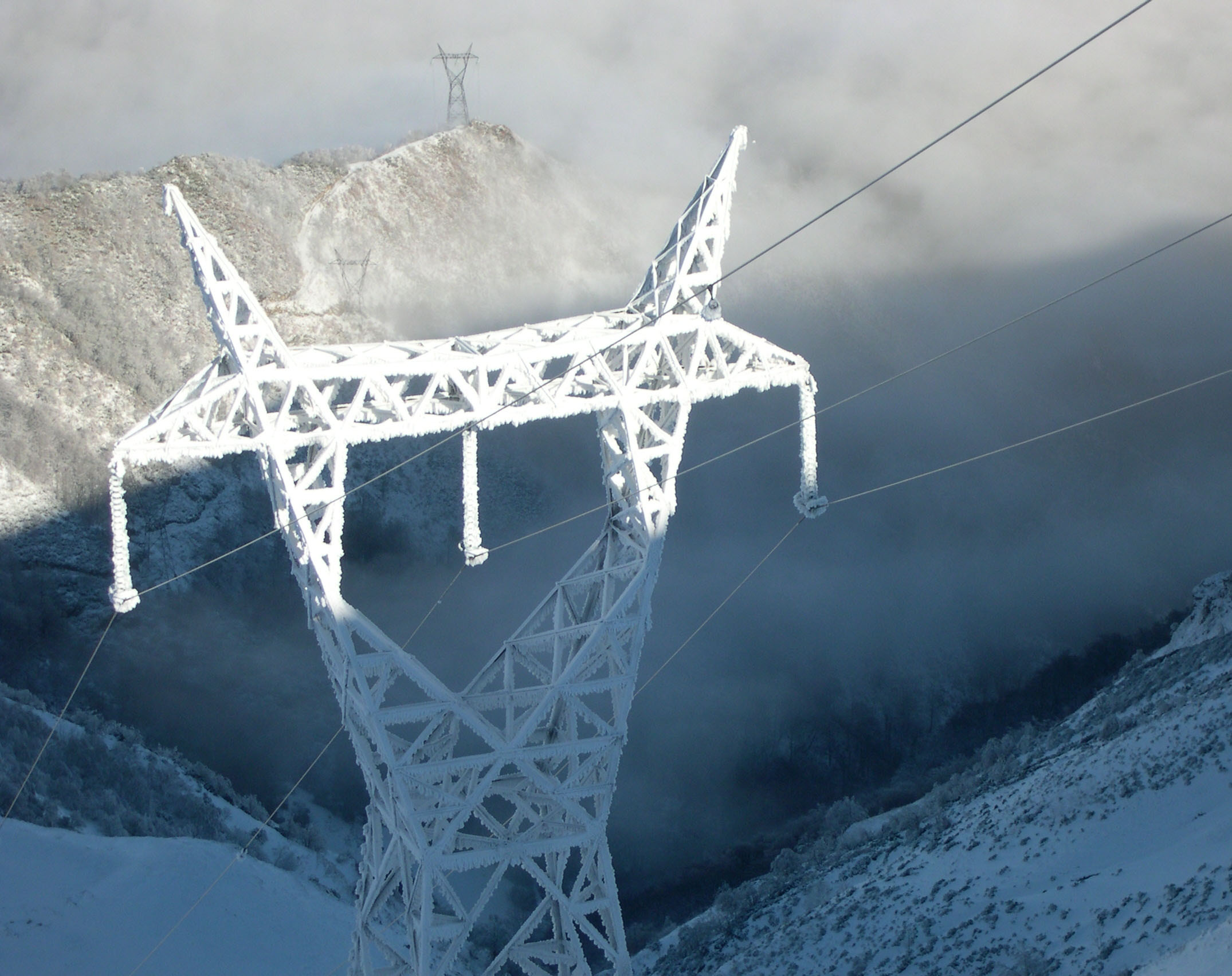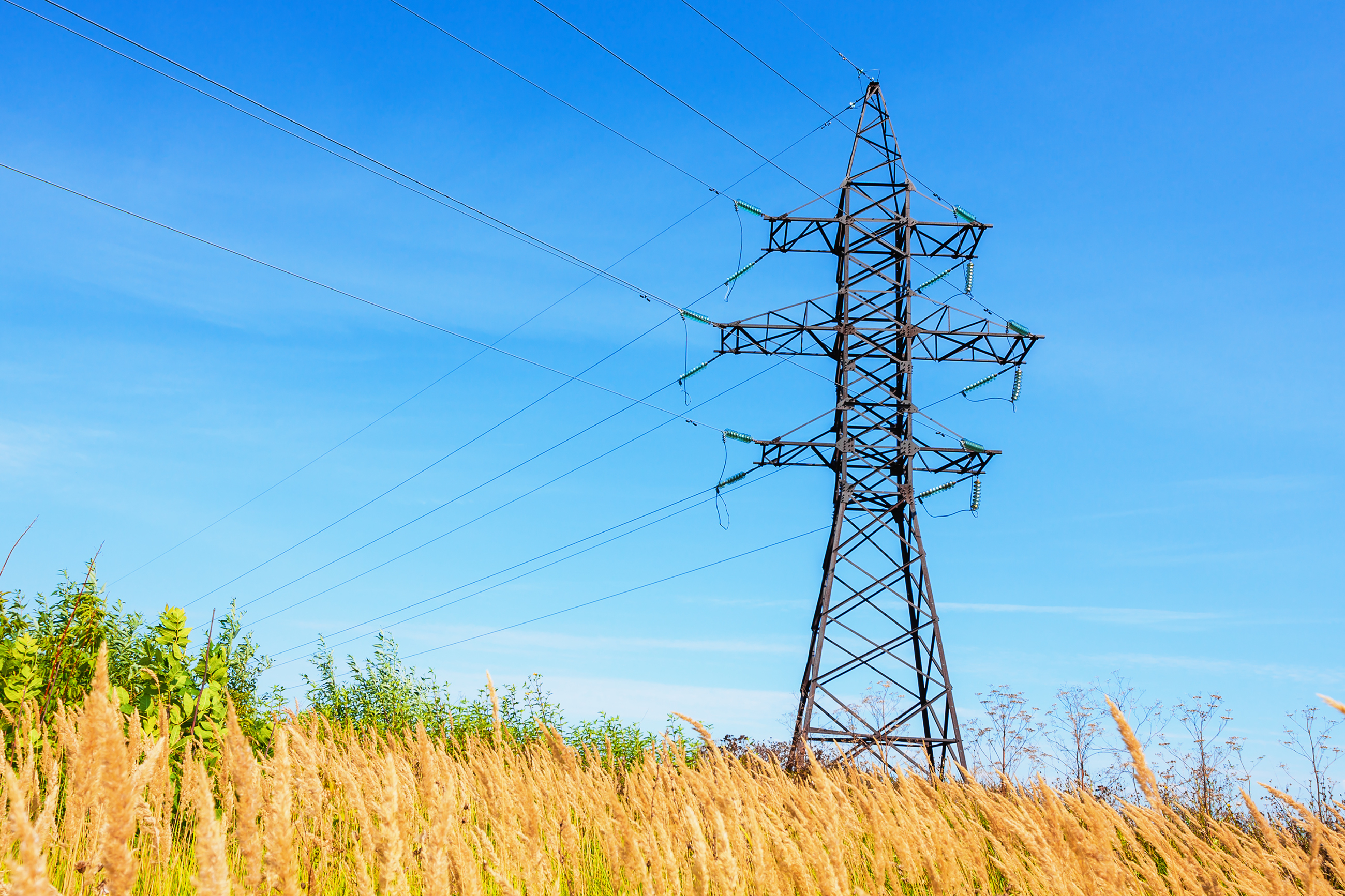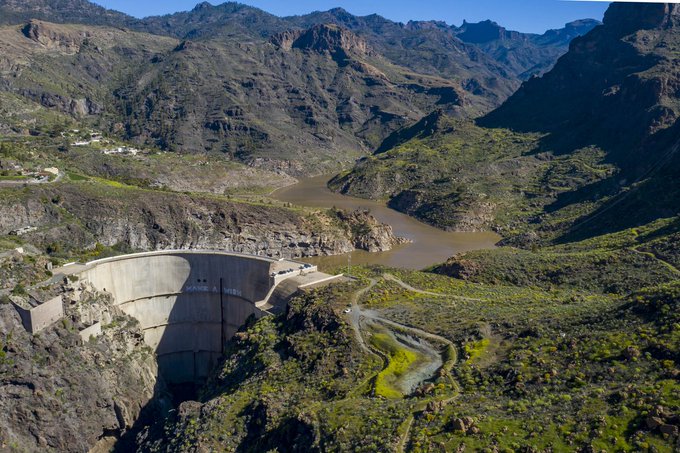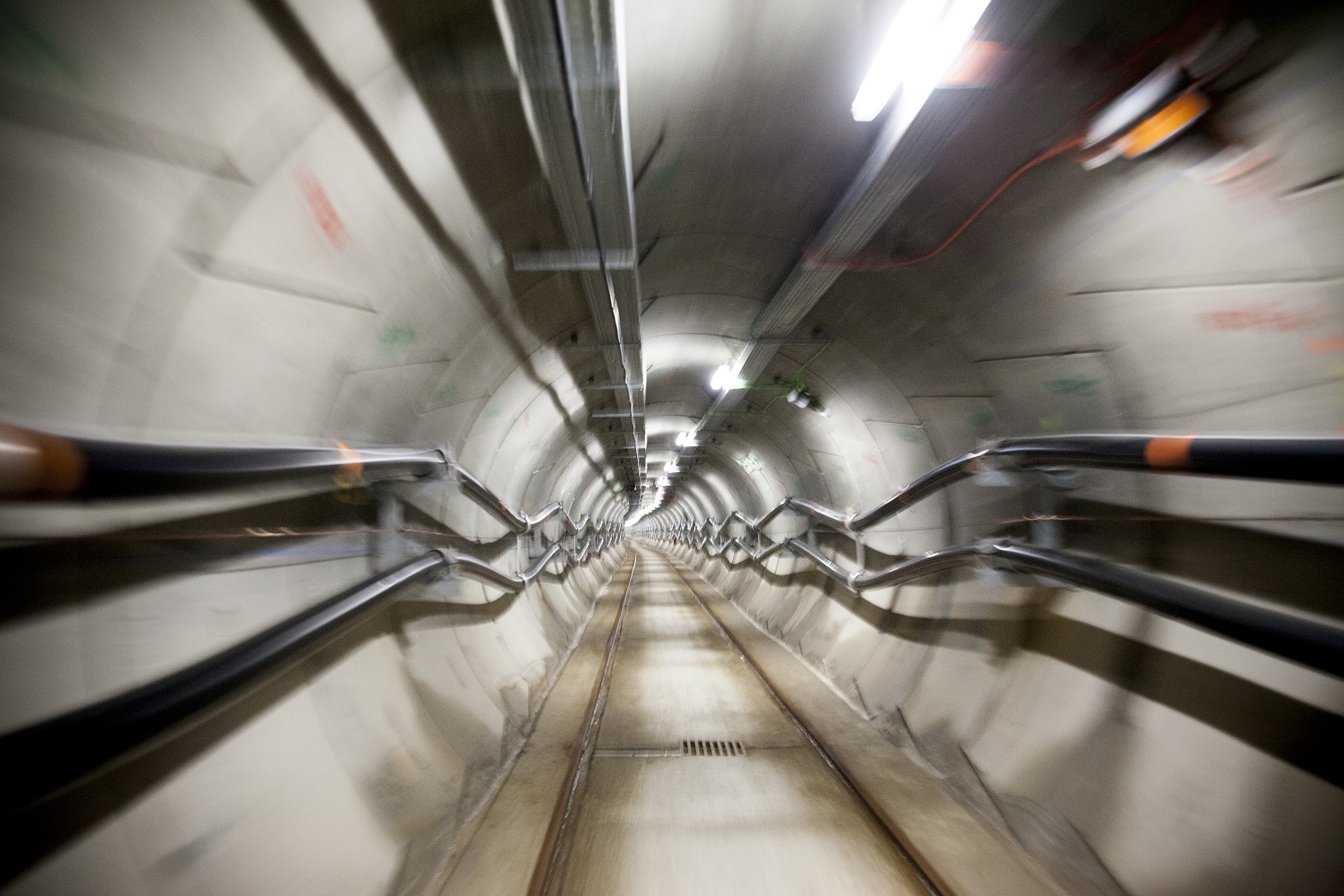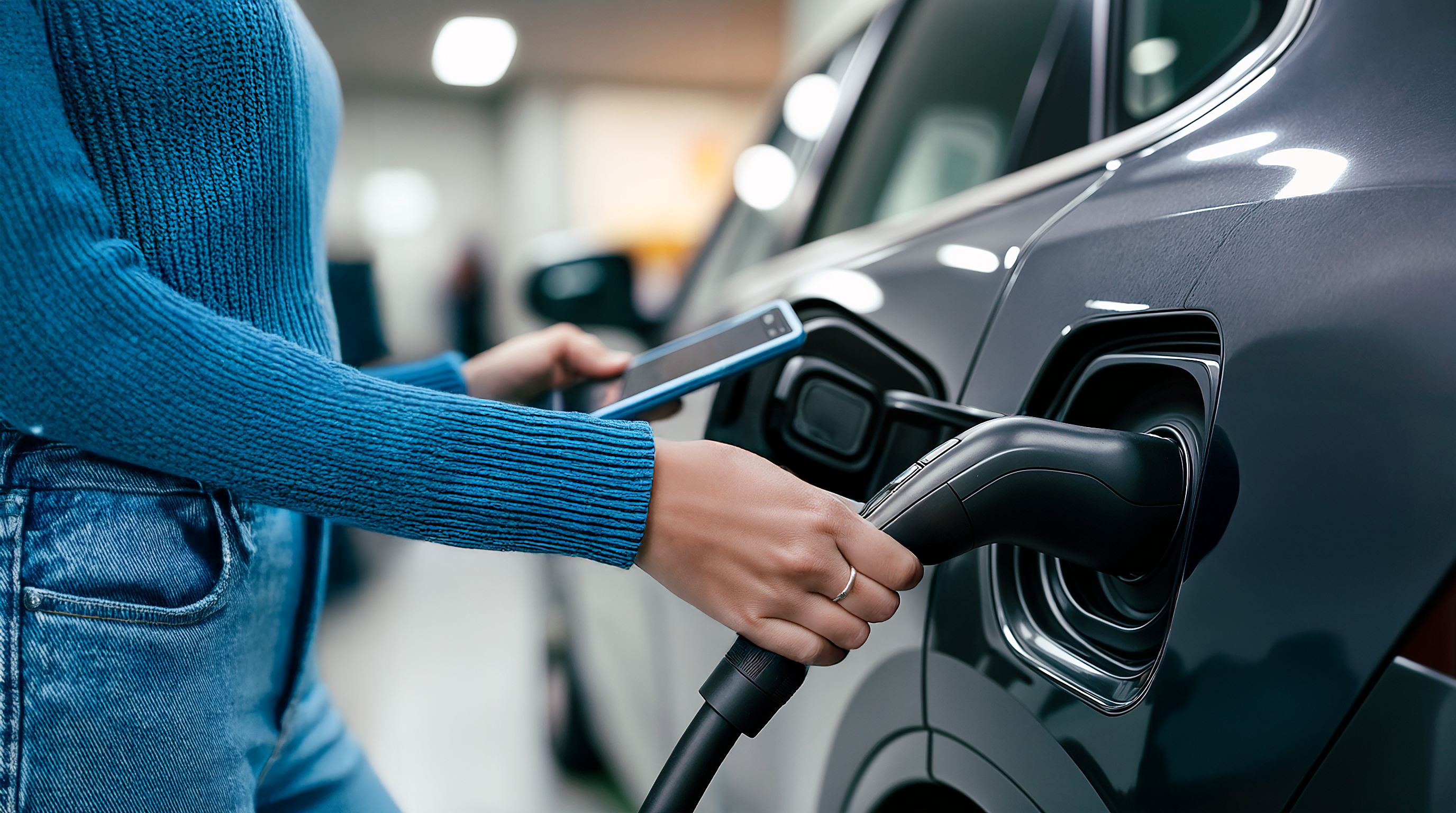For 40 years, we've been driving our country's economic and social progress. Four decades shaping Spain.
Red Eléctrica completes the 132 kV Virgen de África substation, key to connecting Ceuta with the peninsula
- It is the first substation of the electric transmission grid in the autonomous city and represents a decisive step towards integrating Ceuta into the peninsula's system.
- This month, work begins on laying the second cable for the submarine link that will connect the coasts.

The Peninsula–Ceuta interconnection is advancing with decisive milestones for its upcoming completion. Red Eléctrica has completed the construction of the 132 kV Virgen de África substation, which will be the first on the transmission grid in Ceuta. It is a substation equipped with six bays, featuring GIS technology, making it more compact and integrated inside a building, which reduces its spatial footprint and visual impact on the surroundings.
Furthermore, the laying of the second cable that comprises the submarine link is scheduled to begin in mid-November. The cable-laying vessel Giulio Verne, operated by Prysmian and specialised in this type of infrastructure, is already on the peninsula coast. This is the second of the two circuits that will span the Strait for 58 km to reach the coast of Ceuta. The laying of the first cable was completed in September, a milestone that was celebrated at an event in Ceuta attended by the President of Ceuta, Juan Jesús Vivas; the Secretary of State for Energy, Joan Groizard; the Government Delegate in the autonomous city, Cristina Pérez Valero; among other authorities and guests.
Thanks to this new link, included in the current Electricity Planning, Ceuta will be integrated into the peninsula's electrical system. This will provide it with a more stable and secure supply, with standards comparable to those on the peninsula, to boost its economic development and thus considerably reduce its dependence on fossil fuels. The entire route has been designed sustainably, enabling the installation to coexist with other aquaculture or fishing infrastructures in the area. The land-to-sea cable transition has been carried out using horizontal directional drilling, which involves constructing a small tunnel through which the cable runs from the coast to several hundred metres offshore. This method avoids any impact on beaches or swimming areas, while also protecting the natural environment.
Downloads

